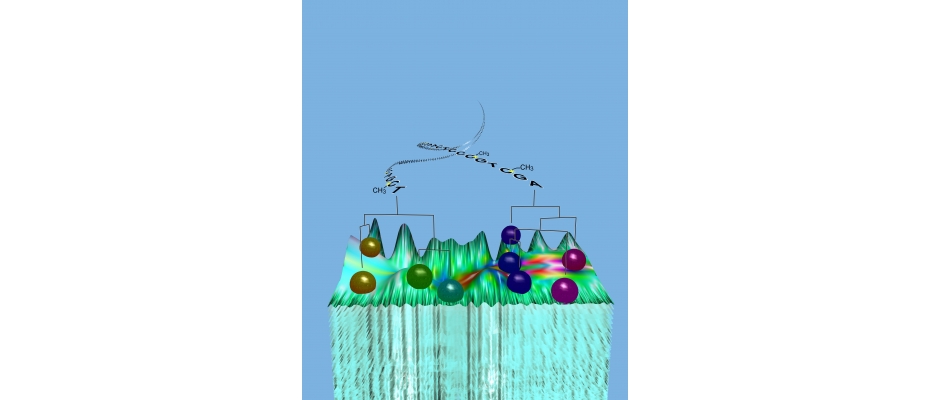
One of the great mysteries in biology is how the many different cell types that make up our bodies are derived from a single cell and from one DNA sequence, or genome. We have learned a lot from studying the human genome, but have only partially unveiled the processes underlying cell determination. The identity of each cell type is largely defined by an instructive layer of molecular annotations on top of the genome – the epigenome – which acts as a blueprint unique to each cell type and developmental stage. Unlike the genome the epigenome changes as cells develop and in response to changes in the environment. Defects in the factors that read, write and erase the epigenetic blueprint are involved in many diseases. The comprehensive analysis of the epigenomes of healthy and abnormal cells will facilitate new ways to diagnose and treat various diseases, and ultimately lead to improved health outcomes.
A collection of 41 coordinated papers now published by scientists from across the International Human Epigenome Consortium (IHEC) sheds light on these processes, taking global research in the field of epigenomics a major step forward. A set of 24 manuscripts has been released as a package in Cell and Cell Press-associated journals, and an additional 17 papers have been published in other high-impact journals.
These papers represent the most recent work of IHEC member projects from Canada, the European Union, Germany, Japan, Singapore, South Korea, and the United States. The collection of publications showcases the achievements and scientific progress made by IHEC in core areas of current epigenetic investigations.
The role of the CNAG
The Centro Nacional de Análisis Genómico has actively participated in these key research findings leading one of the studies published today and coauthoring several other papers.
In particular, the study led by CNAG researchers and published in Cell Reports, maps a specific aspect of the epigenome: DNA methylation. This is one of the several epigenetic mechanisms that drives cells to develop into different cell identities even though their origin is genetically identical cells.
The researchers analyzed the global development of DNA methylation patterns in healthy and diseased cells and found out that cancer cells lose the tight control of DNA methylation seen in normal cells.
Summarizing, the results of this study give us insights into mechanisms of normal development and, by comparison, what goes wrong at an epigenetic level in disease. A better understanding of these epigenetic changes in illness will lead to more effective treatment strategies tailored to the genetic profile of each patient. The information of this study could potentially be used to guide the use of DNA demethylating agents in therapy.
Reference work
Distinct Trends of DNA Methylation Patterning in the Innate and Adaptive Immune Systems.











